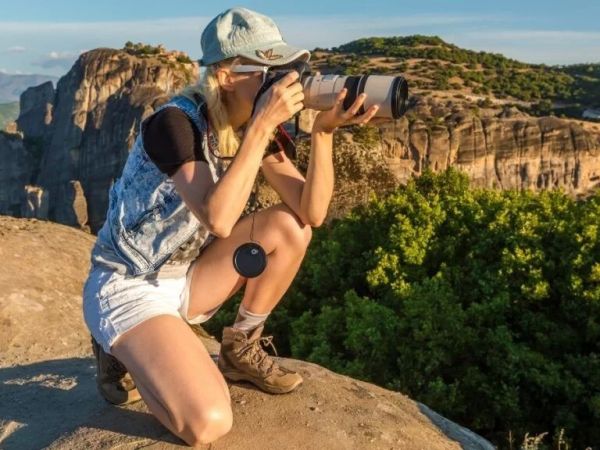How to Stay Safe While Traveling Solo: Essential Tips for Your Journey
- Why Solo Travel is Popular
- Solo Travel Safety Tips
- Choosing Safe Destinations
- Practical Travel Safety Measures
- Real Stories from Solo Travelers
- How to Plan Your Solo Trip
Why Solo Travel is Popular
Solo travel offers unparalleled freedom, self-discovery, and the chance to explore new places on your terms. Many travelers are drawn to the idea of navigating the world alone, seeking new experiences without the constraints of group travel. However, with this freedom comes the responsibility of ensuring your safety. Let's explore how you can make the most of your solo adventure while staying safe.
Solo Travel Safety Tips
1. Always Research Your Destination
Before embarking on your solo journey, research the destination thoroughly. Understand the local culture, customs, and any safety concerns that might exist. Check resources like government travel advisories and local forums to gain insights into areas that may require extra caution.
2. Stay Connected with Loved Ones
One of the most important solo travel safety tips is to stay connected. Share your travel itinerary with a trusted friend or family member and check in regularly. This ensures that someone knows your whereabouts in case of an emergency.
3. Trust Your Instincts
When traveling solo, your intuition is one of your best tools for staying safe. If something feels off, don't hesitate to leave the area or avoid engaging with suspicious individuals. Trusting your instincts is crucial to avoiding unsafe situations.
Choosing Safe Destinations
Not all destinations are equally safe for solo travelers. While many countries and cities are welcoming, others may present risks. Some of the safest countries for solo travelers include Iceland, New Zealand, and Japan. These destinations are known for their low crime rates, friendly locals, and reliable infrastructure, which make them ideal for solo adventures.
Consider factors such as local laws, healthcare facilities, transportation options, and the presence of other solo travelers when choosing your destination. Reading blogs, reviews, and travel guides can help identify destinations that are known for being safe and welcoming to solo travelers.
Practical Travel Safety Measures
1. Keep Your Belongings Secure
Pickpockets are a common concern in popular tourist destinations. Keep your valuables close, ideally in a money belt or neck pouch. Avoid carrying large amounts of cash and be mindful of your surroundings, especially in crowded areas.
2. Use Technology for Safety
Technology can enhance your safety while traveling solo. Apps like Google Maps can help you navigate unfamiliar cities, while safety apps like “bSafe” allow you to send your location to trusted contacts in case of an emergency.
3. Have a Plan for Emergencies
Always know the emergency numbers for the country you're in. Keep important documents like your passport and emergency contacts in both digital and paper form. Having a backup plan for unexpected situations can provide peace of mind during your solo adventure.
Real Stories from Solo Travelers
Solo travel isn't without its challenges, but the experiences can be incredibly rewarding. Take the story of Emma, a solo traveler from the U.S. who ventured to Thailand. She shares, “I was nervous at first, but once I arrived, I felt a sense of empowerment. I connected with locals and fellow travelers, and I learned how to navigate unfamiliar places with confidence.”
Emma’s story highlights the importance of embracing the adventure and staying proactive about safety. Every solo journey is unique, but many solo travelers find their experiences to be transformative and life-changing.
How to Plan Your Solo Trip
Planning a solo trip requires more preparation than a group trip, but it also offers the flexibility to customize your experience. Start by choosing a destination that fits your comfort level and interests. From there, create a detailed itinerary that balances exploration with relaxation.
Once you’ve selected your destination, book accommodations in safe areas, and plan activities that align with your safety priorities. You can even book guided tours or join group activities to meet others while maintaining your personal safety.
For more detailed tips and destination guides, visit how to travel the world for expert advice and to book your next adventure.






